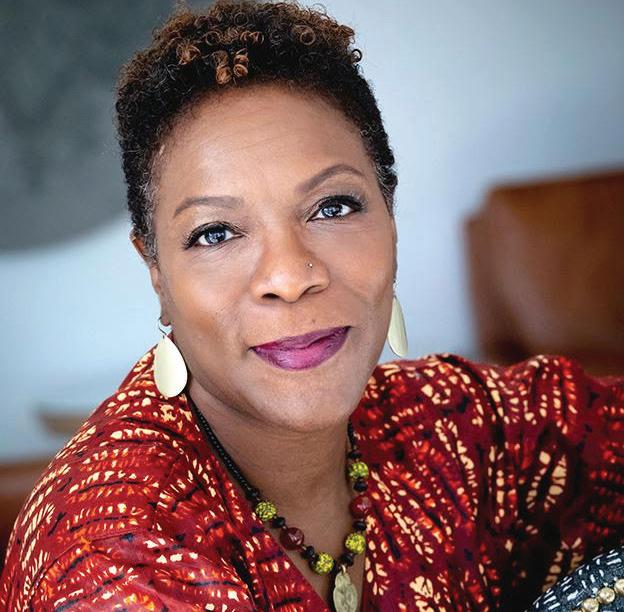
3 minute read
The third Black History Month event
Black church: Friend or foe?
Springfield College Division of Inclusion and Community Engagement hosted Dr. Terrlyn L. Curry Avery for its third Black History Month event.
Advertisement
__ By Cait Kemp __ @caitlinkemp09
Speaker Terrlyn L. Curry Avery (Photo Courtesy of Springfield College)
For the third installment of ‘Celebrating Black History Month’ as put on by the Division of Inclusion and Community Engagement, Springfield College hosted Reverend Dr. Terrlyn L. Curry Avery for a discussion titled, “The Black Church: Friend or Foe to the Community?”
Dr. Calvin Hill, Vice President for Inclusion and Community Engagement, introduced the event at the start of the webinar, and Director of the Office of Diversity, Equity and Inclusion Felicia Lundquist gave a land acknowledgement and introduced the distinguished speaker.
Dr. Avery presented a unique perspective of all the aspects of life within a Black church community. Traditionally, the church is the epicenter of life in Black communities. In her own experience, the church was a family to her. Historically, it was often a safe place for Black families, especially during the Civil Rights Movement. People would gather at Sunday mass, where they would learn the latest information about what was going on in the Movement. It was a symbol of togetherness, and represented much more than just a place of worship.
“You don’t think that the 1955 boycott movement happened by accident? It wasn’t just about Rosa Parks being tired,” said Avery.
The entity of the Black church came to be in the earliest days, with ancestors like Frederick Douglass and Harriet Tubman bringing their own ideals of religion and the belief of God. They needed to make it something for themselves, rather than what the white colonizers were preaching.
However, Avery brought to light some negatives that can be seen in Black church communities.
Through these early beliefs, a safe place for Black people was developed -- yet, after over a century of standing for inclusivity, the tradition of the Black church has been seen to oppress other marginalized groups, such as the LGBTQ+ community.
“We in the Black church will talk a lot about sexual immorality, and we often want to hold up being LGBTQIA+ as the thing that is most sinful,” said Avery.
She also explored the idea of youth within the church, and how religion is starting to have a different meaning for the new generation than it does traditionally. Young people are bringing new ideas into the church, and even seek spirituality outside of the physical four walls. They want to see and hear themselves represented; as time goes on, there will be evolution and growth of ideas within the Black church.
Avery’s overarching message: the Black church is both friend and foe to the community.
She stressed the importance of making the church a place where people can go to get their spiritual, mental, emotional and physical needs met. To be inclusive of all, and be accepting and forgiving of all people and their journeys. In a world where there is so much negativity, the church should be that safe haven that it stood for all those years ago.



